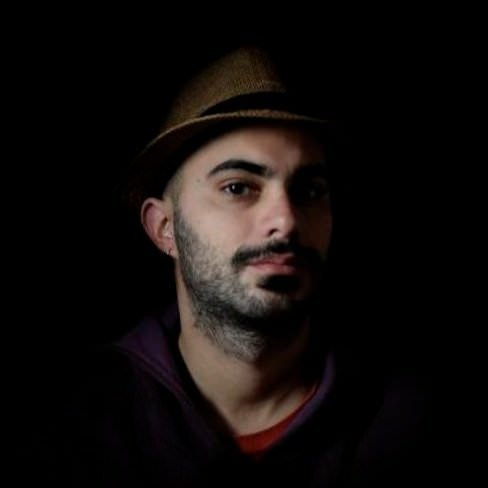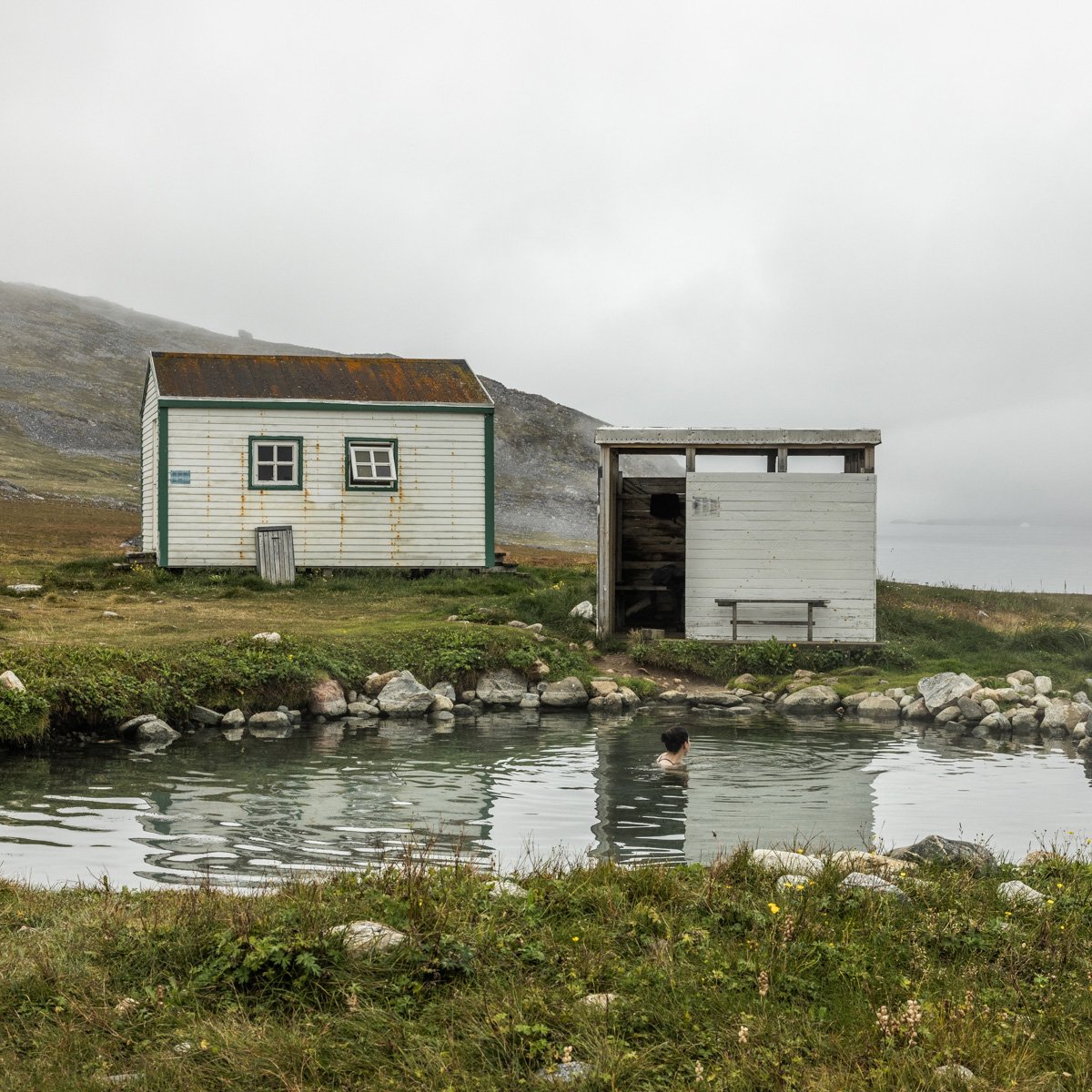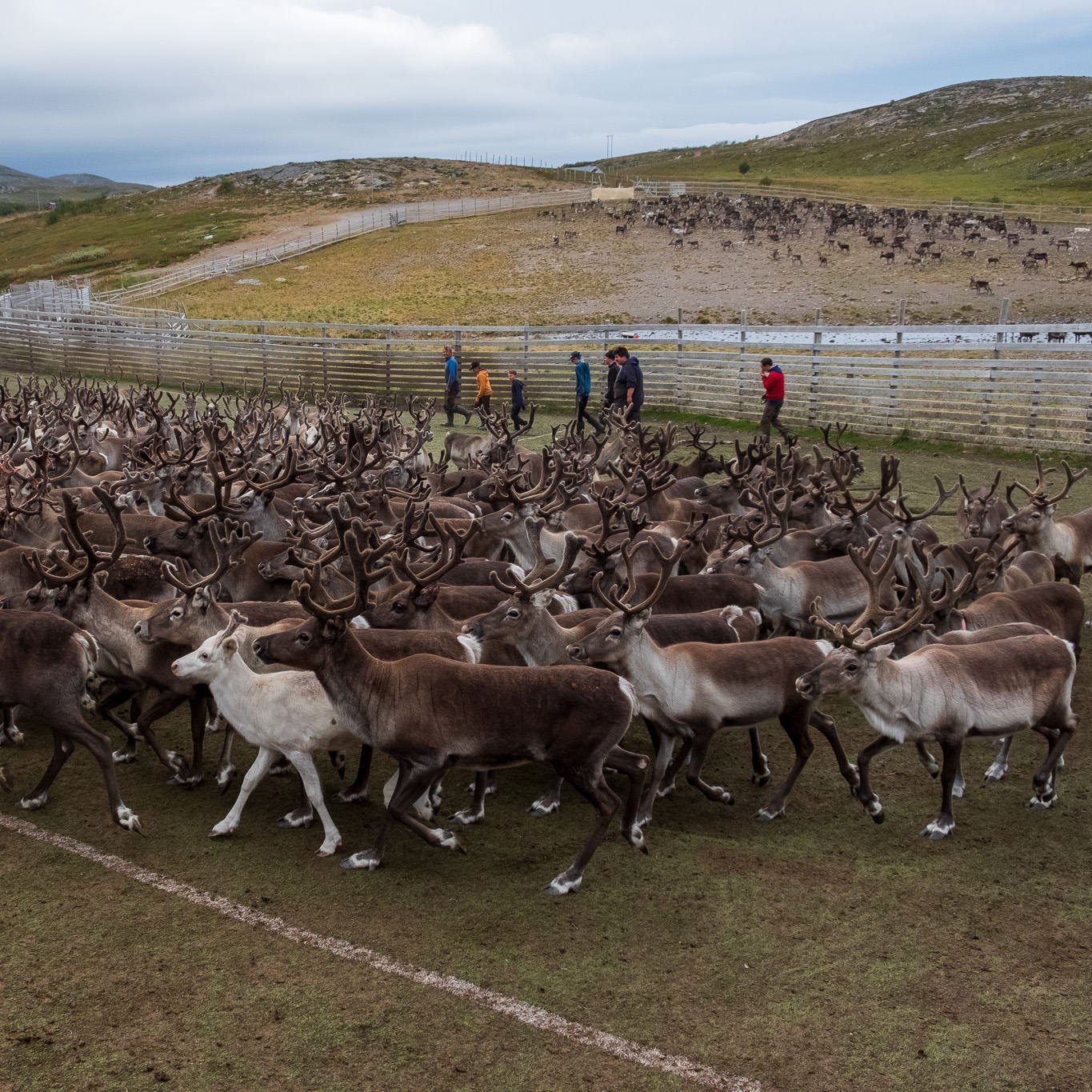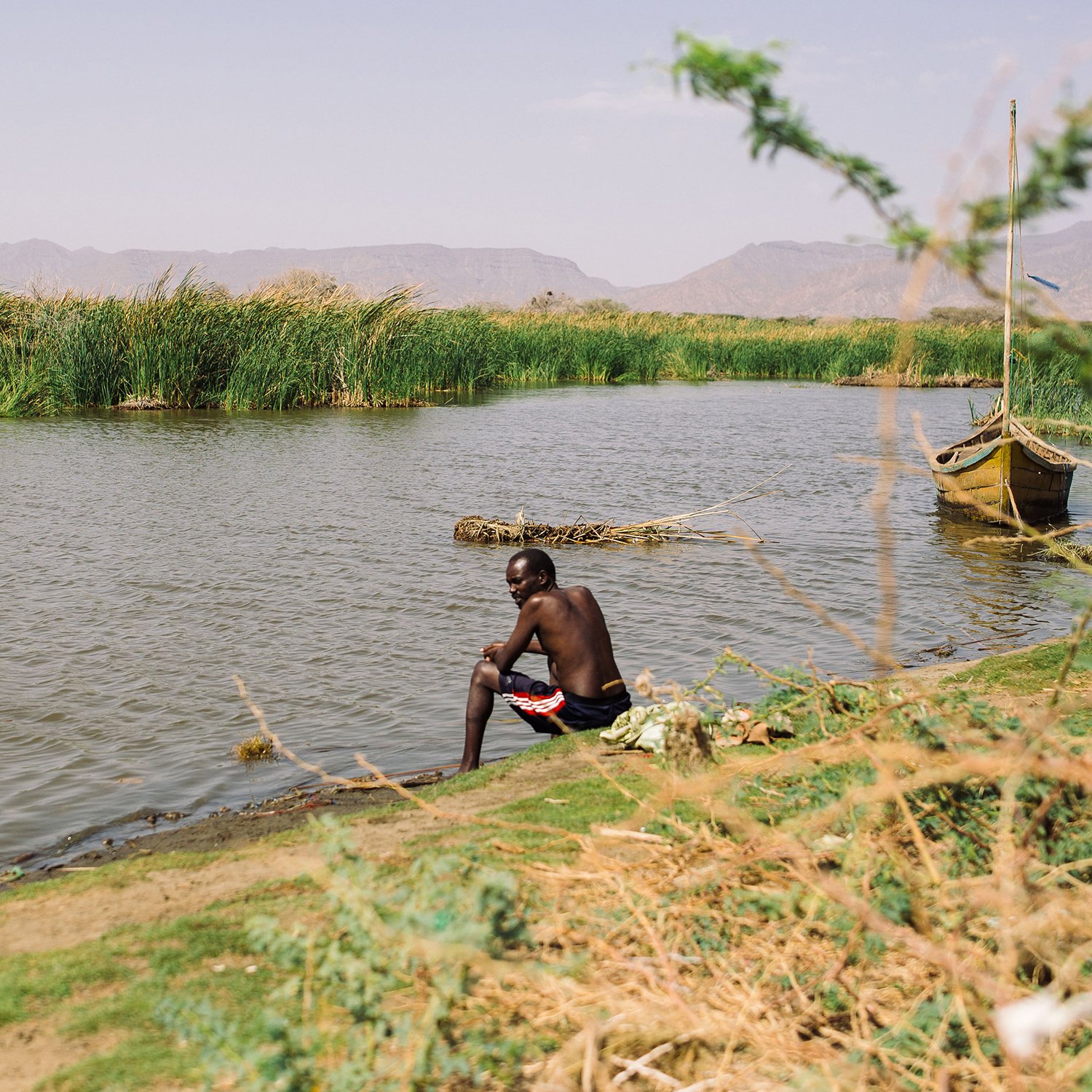How Journalism Led Sebastián López Brach to Embrace Environmental Activism
MARCH 23, 2023
The Reporter’s Notebook is our monthly interview series with Dial contributors. To receive these conversations directly in your inbox, sign up for our newsletter.
✺
Sebastián López Brach is an Argentinian photojournalist and storyteller, whose photographs from the lithium mines of Catamarca, Argentina were published in our second issue, Energy.
This interview has been translated from Spanish and edited for clarity.
Approximately 60 thousand metric tons of lithium are extracted from the province of Catamarca, Argentina per year. Here is a brine lagoon. The lithium is visible in the white salt you can see.
THE DIAL: What drove you to pursue environmental reporting and photography?
SEBASTIANIÁN LÓPEZ BRACH: I was born near the Paraná River, one of the most important rivers in Latin America. In recent years, the area has been suffering from the advancement of urbanization, from the production of livestock, the planting of soybeans for export, and many other things. I chose my profession to be able to make visible the environmental transformations that are underway. Over the last few years, I have become something of an activist in the fight for the defense of wetlands in the city of Rosario, where I live.
THE DIAL: What was it like reporting on the ground from the mines in Catamarca? What were your conversations like with workers at the lithium mine, and with locals in the area?
SLB: The most striking thing that I heard was that many view mining in this region as a necessary evil. They are aware of the environmental damage the mines cause, but they also generate a lot of work and a lot of income … Unfortunately, this was a message I heard in my conversations with members of many local communities.
I say “unfortunately,” because they were not always aware of the displacement that they themselves might suffer because they also live on top of important lithium deposits. Obviously, it is inconvenient for the mining companies that these families are located there. They had to negotiate [with the mining companies], and the result was that they had to leave the place where they were born, and to ask to work in the extraction of lithium. Several families have already been displaced after the mining companies dried up their rivers and polluted their land. Other families continue to resist and fight against foreign companies that promise them a future but bring them poverty and destruction.
THE DIAL: How did you decide to use a drone to photograph the lithium mines?
SLB: I felt that it was important to use the drone to show the environmental impact that mining has in this region from another perspective. With a camera on the ground, you can have a more introspective look, but with the drone, the angle is much wider, and we can get a broader picture of the negative environmental impacts over a large territory.
THE DIAL: What do you wish were commonly understood about the process of producing clean energy?
SLB: The conversation about the energy transition leaves much to be desired because, on the one hand, you often hear talk about growth at the social level, about cities full of electric cars, and about how electrification will have less of an impact on the environment than oil extraction.
It causes me a lot of anger to listen to these messages. Whatever progress results will take place in other countries, while here, in the famous Lithium Triangle (Argentina, Bolivia, and Chile), we do not see it. On the contrary, we see the deterioration of that process. Here reside all the negative effects of the progress that’s exported to other countries.
In Europe, I could see how the advance of electric cars is real and how this advance is celebrated … but many do not know the background [to the electrification], many do not know where it comes from. For me, to make that visible was very important.
THE DIAL: How has it felt to witness the effects of lithium mining in your home country?
SLB: The first feeling is sadness, obviously, because of the damage being generated. When I am not taking photographs, I work in a reserve that rescues and rehabilitates wild animals. That has helped me have empathy for animals displaced by environmental damage, like flamingos, the emblematic birds in these regions, which are disappearing. I think I will always be more on the empathetic side of the story rather than following the narrative of “progress” — with the energy transition, everyone knows that’s not really the case.
✺ Interview conducted by The Dial in conjunction with “Issue 2: Energy”
SEBASTIÁN LÓPEZ BRACH is an Argentinian photojournalist and storyteller. His work has been exhibited at the Guggenheim Museum in New York, and the Art Gallery of New South Wales in Sydney and in Brazil, Italy, France and Belgium. In 2021 he was awarded by POYLatam, the most prestigious phototography prize in Latin America. His work has been published in The New York Times, Time, National Geographic, Bloomberg, The Washington Post, El País, among others. He is the recipient of a 2019 National Geographic Early Career Grant and a 2020 grant from the National Endowment for the Arts.
BRYAN HERNANDEX BENITEZ is a senior at the University of California, Berkeley studying English and City & Regional Planning. He has been a deputy editor for The Daily Californian and an assistant editor for Berkeley Fiction Review.






